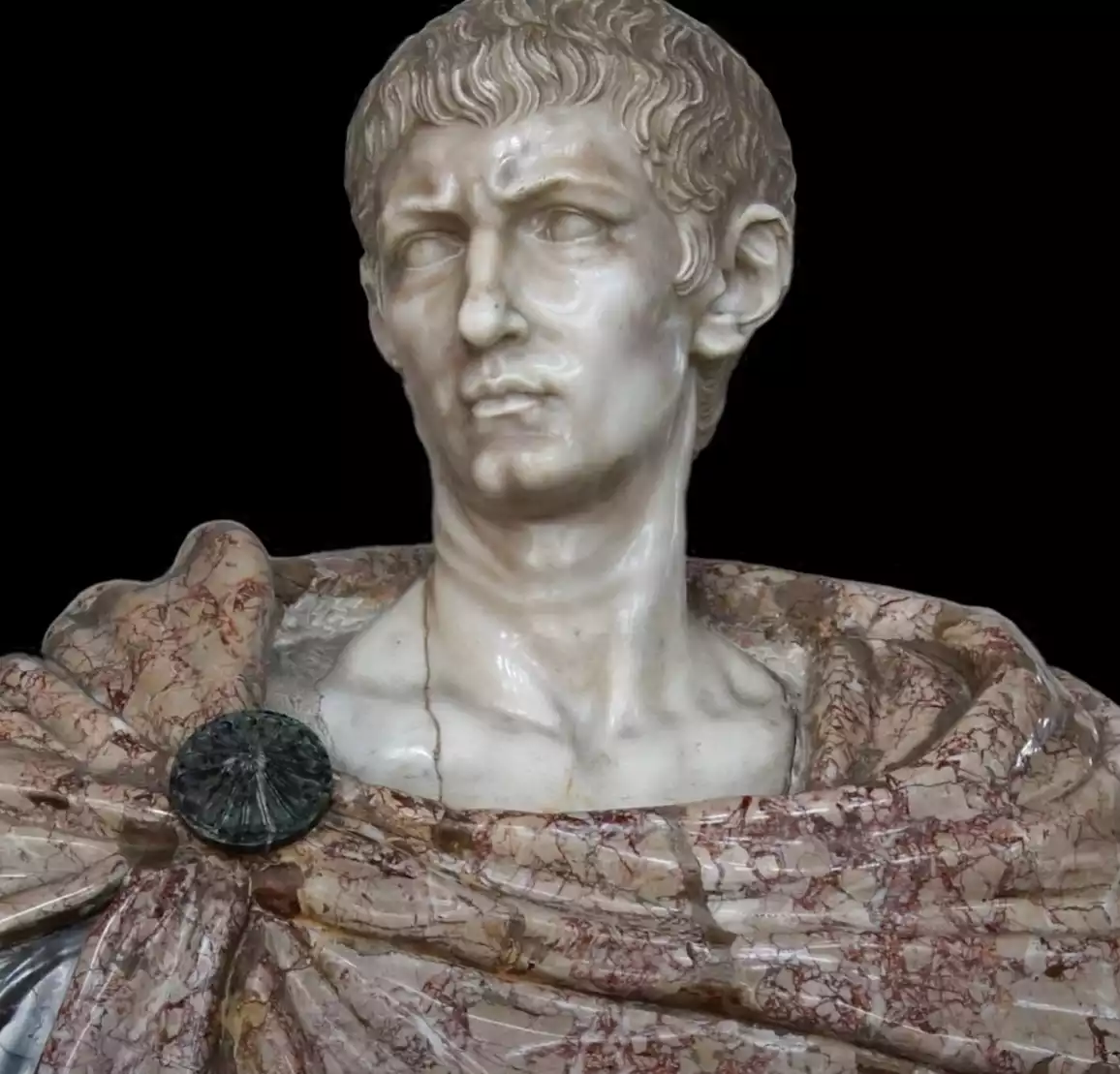
In 284 AD, the Roman Empire witnessed a pivotal transformation under Emperor Diocletian, marking a significant juncture in its history. This period, characterized by the division of the Empire into Eastern and Western halves, heralded a new administrative structure that profoundly influenced the course of Roman governance and legacy. This article delves into the intricacies of Diocletian’s reforms, shedding light on their motivations, implementation, and enduring impact on the Roman world.
The Genesis of Division – Diocletian’s Strategic Vision
The year 284 AD stands as a milestone in Roman history, with Emperor Diocletian at the helm, orchestrating a radical overhaul of the Empire’s administrative apparatus. Faced with mounting pressures both internally and on the frontiers, Diocletian recognized the unwieldiness of governing the vast Roman territories as a unified entity. His solution was revolutionary: a bifurcation of the Empire into more manageable Eastern and Western segments.
This strategic division was not merely geographical but also administrative and political. In the East, rich in trade and cultural diversity, Diocletian established his rule, recognizing the region’s strategic significance, especially in terms of economic vitality and defense against Persian incursions. The West, encompassing Rome, was entrusted to his co-emperor, Maximian, addressing the escalating threats along the Rhine and Danube frontiers.
The division was accompanied by a profound reorganization of administrative structures. Diocletian instituted the Tetrarchy, a system of rule by four leaders, aimed at providing more effective and localized governance. This included two Augusti, the senior emperors, and two Caesars, their designated successors. This model sought to address the chronic issues of succession and civil strife that had plagued the Empire for decades.
Furthermore, Diocletian’s reforms extended to the military and fiscal realms. He dramatically increased the size of the army, recognizing the need for a robust defense mechanism against the Empire’s multiplying enemies. Alongside this, he implemented significant tax reforms, aiming to stabilize the Empire’s finances, which had been stretched thin by incessant warfare and inflation.
In essence, Diocletian’s division of the Roman Empire was a strategic response to the challenges of governance, security, and administration. It represented a pragmatic recognition of the complexities inherent in ruling an empire of such unprecedented scale and diversity. This chapter has explored the foundations of this monumental decision, setting the stage for a deeper understanding of its repercussions in the subsequent chapters.
The Impact and Legacy of Diocletian’s Division
Diocletian’s administrative division in 284 AD significantly transformed the Roman Empire’s structure, with far-reaching implications that endured well beyond his reign. This split fundamentally changed how the Empire was governed, influencing political, social, and economic aspects.
The immediate impact of Diocletian’s reforms was the establishment of a more stable and manageable governance system. The Tetrarchy, though short-lived, momentarily curbed the incessant power struggles that had destabilized the Empire. Additionally, the division allowed for more focused and effective responses to external threats, as each Emperor could concentrate on specific frontiers.
Economically, Diocletian’s reforms had a mixed legacy. While his tax reforms aimed at fiscal stability, they also imposed heavy burdens on the populace, contributing to social unrest in some regions. The increased military expenditure, essential for the Empire’s defense, further strained the economy.
Culturally, the division accelerated the divergence between the Eastern and Western halves of the Empire. The East, with its rich Hellenistic traditions and economic prosperity, increasingly contrasted with the West, which faced more significant economic and military challenges. This divergence laid the groundwork for the eventual split of the Roman Empire into two distinct entities: the Western Roman Empire and the Byzantine Empire in the East.
In conclusion, Diocletian’s decision to divide the Roman Empire was a watershed moment in history. It temporarily strengthened the Empire’s governance and defense but also set the stage for its eventual division into two separate entities. The legacy of his reforms is a testament to the complexities of managing such a vast and diverse empire.
References
- Barnes, Timothy D. “Constantine and Eusebius.” Harvard University Press, 1981.
- Corcoran, Simon. “The Empire of the Tetrarchs: Imperial Pronouncements and Government.” Oxford University Press, 2000.
- Grant, Michael. “The Roman Emperors: A Biographical Guide to the Rulers of Imperial Rome 31 BC-AD 476.” Weidenfeld & Nicolson, 1997.
- Williams, Stephen. “Diocletian and the Roman Recovery.” Methuen & Co Ltd, 1985.
